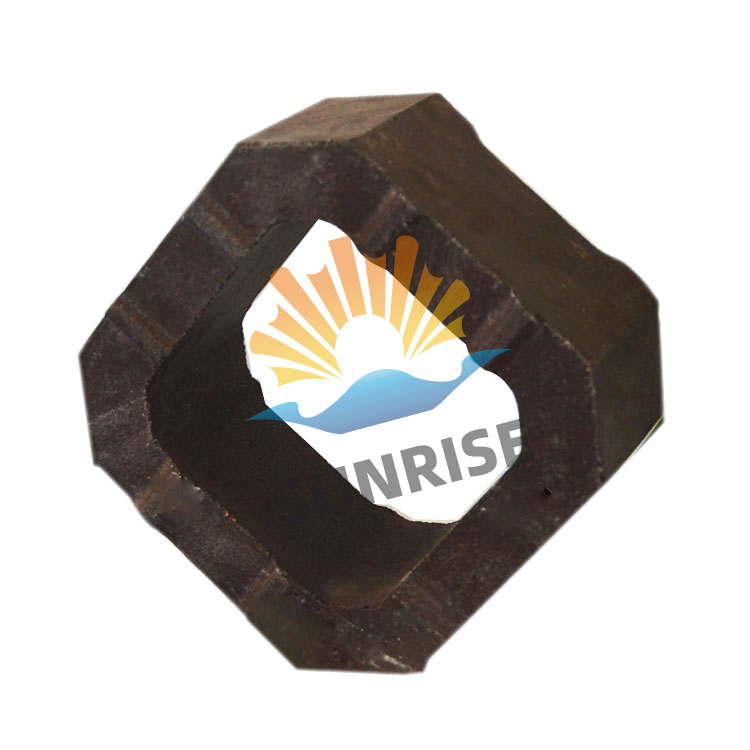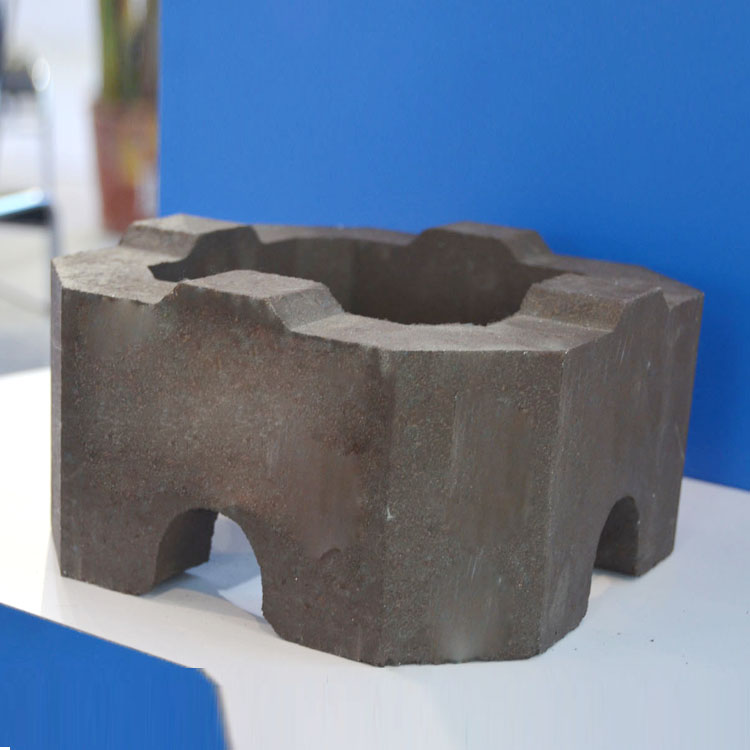.jpg?x-oss-process=image/resize,h_1000,m_lfit/format,webp)
The global refractory materials market has witnessed significant growth in recent years, driven by the expansion of industries such as steel, cement, and glass. According to market research, the global refractory materials market size was valued at approximately $26 billion in 2023 and is expected to grow at a CAGR of around 3% from 2024 to 2030. In this dynamic market environment, the demand for high - performance refractory materials is on the rise, and direct - bonded magnesia - chrome bricks have emerged as a key player.
.jpg)
Traditional magnesia - chrome bricks, such as non - fired magnesia - chrome bricks, are typically produced by mixing magnesia and chrome ore with a suitable binder. The mixture is then molded and dried at a relatively low temperature. This process is relatively simple and cost - effective.
These bricks have good resistance to basic slag corrosion and can withstand temperatures up to 1600°C. They are also relatively inexpensive compared to some other refractory materials, which makes them a popular choice for some low - to medium - temperature applications.
However, traditional magnesia - chrome bricks have several limitations. Their thermal shock resistance is relatively poor, which means they may crack or spall when exposed to rapid temperature changes. In addition, they have a relatively short service life, especially in high - temperature and high - stress environments. Studies have shown that the average service life of traditional magnesia - chrome bricks in steelmaking furnaces is about 3 - 6 months.
Direct - bonded magnesia - chrome bricks are produced by firing a mixture of magnesia and chrome ore at high temperatures (usually above 1700°C). This high - temperature firing process results in a direct bond between the magnesia and chrome grains, which gives the bricks a dense and uniform structure.
| Performance Indicator | Direct - Bonded Magnesia - Chrome Bricks | Traditional Magnesia - Chrome Bricks |
|---|---|---|
| Thermal Shock Resistance | Excellent. Can withstand more than 100 thermal cycles without significant damage. | Poor. Usually fails after 10 - 20 thermal cycles. |
| Corrosion Resistance | High. Can resist the corrosion of various slags and molten metals. | Moderate. May be corroded by some aggressive slags. |
| Service Life | Long. Can last 12 - 18 months in steelmaking furnaces. | Short. 3 - 6 months in steelmaking furnaces. |

The superior performance of direct - bonded magnesia - chrome bricks has had a significant impact on the refractory materials market. They are increasingly being adopted in high - end applications such as steelmaking, cement production, and non - ferrous metal smelting. In the steel industry, for example, the use of direct - bonded magnesia - chrome bricks has led to a reduction in furnace downtime and an increase in production efficiency. Market research indicates that the global market share of direct - bonded magnesia - chrome bricks has increased from 20% in 2020 to 35% in 2024.
Many customers around the world have reported positive experiences with direct - bonded magnesia - chrome bricks. A steel mill in Europe reported that after switching to direct - bonded magnesia - chrome bricks, their furnace lining service life increased by 200%, and the cost of refractory materials decreased by 30%. Another customer in Asia mentioned that the improved thermal shock resistance of these bricks has significantly reduced the frequency of furnace repairs.

The future of direct - bonded magnesia - chrome bricks looks promising. With the continuous development of high - temperature industries, the demand for high - performance refractory materials will continue to grow. Direct - bonded magnesia - chrome bricks are expected to capture an even larger market share in the coming years, as more and more customers recognize their advantages.
Don't miss out on the opportunity to enhance your production efficiency and reduce costs with our high - quality direct - bonded magnesia - chrome bricks. Contact us today to learn more and place your order!


